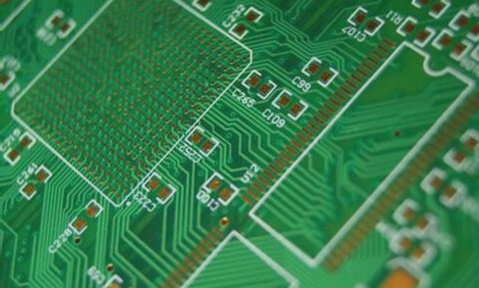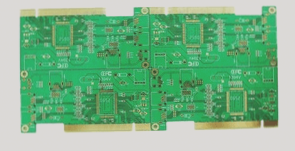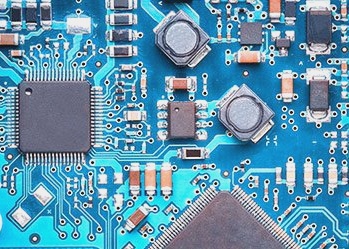Coating Methods in PCB Manufacturing
- Screen printing: A cost-effective method with low equipment requirements, suitable for small and medium manufacturers.
- Roller coating: Enables simultaneous coating on both sides, ideal for high-volume production but requires equipment investment.
- Curtain coating: Provides even coating thickness control for large-scale production, but equipment requirements are high.
Factors to Consider During Coating Process
- Ensure the coating layer is uniform without pinholes or bubbles.
- Maintain the film thickness between 8-15um for optimal results.
- Prevent ink from entering holes during the coating process.
Pre-Baking Process
- Pre-baking dries the photoresist film surface to prepare for exposure and development.
- Control temperature and time during pre-baking to avoid issues during development.
- Avoid over-drying, which can lead to pressure sensitivity and film sticking.
It is crucial to follow proper procedures during coating and pre-baking to ensure high-quality PCB production. Remember to maintain a clean working environment and proper ventilation when handling liquid photoresists. Following these guidelines will result in consistent and reliable PCB manufacturing processes.
Important Guidelines for PCB Manufacturing Process
- Ensure the oven used for pre-baking is equipped with blast air and constant temperature control for uniform pre-baking temperature.
- Keep the oven clean and free of impurities to prevent damage to the film surface.
- Time from coating to developing should not exceed 48 hours, especially in high humidity conditions, aim to expose and develop within 12 hours.
- Follow specific instructions for different types of liquid photoresists and adjust process parameters accordingly.
Challenges in High-Density Interconnect Technology (HDI) Applications
As the use of HDI technology expands, PCB manufacturers face challenges in resolution and positioning. Higher circuit density requires more precise positioning methods, such as:
1. Visual Positioning
Visual positioning involves aligning a Diazo film with the printed board hole through the pattern and using adhesive tape for exposure. Diazo sheets are translucent in brown or orange-red, ensuring better alignment accuracy. Silver Film can also be used with a transparent positioning disc on the negative for alignment.
2. Movable Pin Positioning
This system includes a photographic film puncher and a double-hole de-pin locator. Align two negative films and punch positions outside the graphics. Use the drilling machine after metallized holes and pre-copper plating, then locate and expose with the double-hole knock-out locator.
3. Fixed Pins Positioning
Fixed pin positioning involves two systems for fixing the photographic plate and the PCB. Adjust the positions of the pins for precise alignment between the photographic plate and the PCB.



